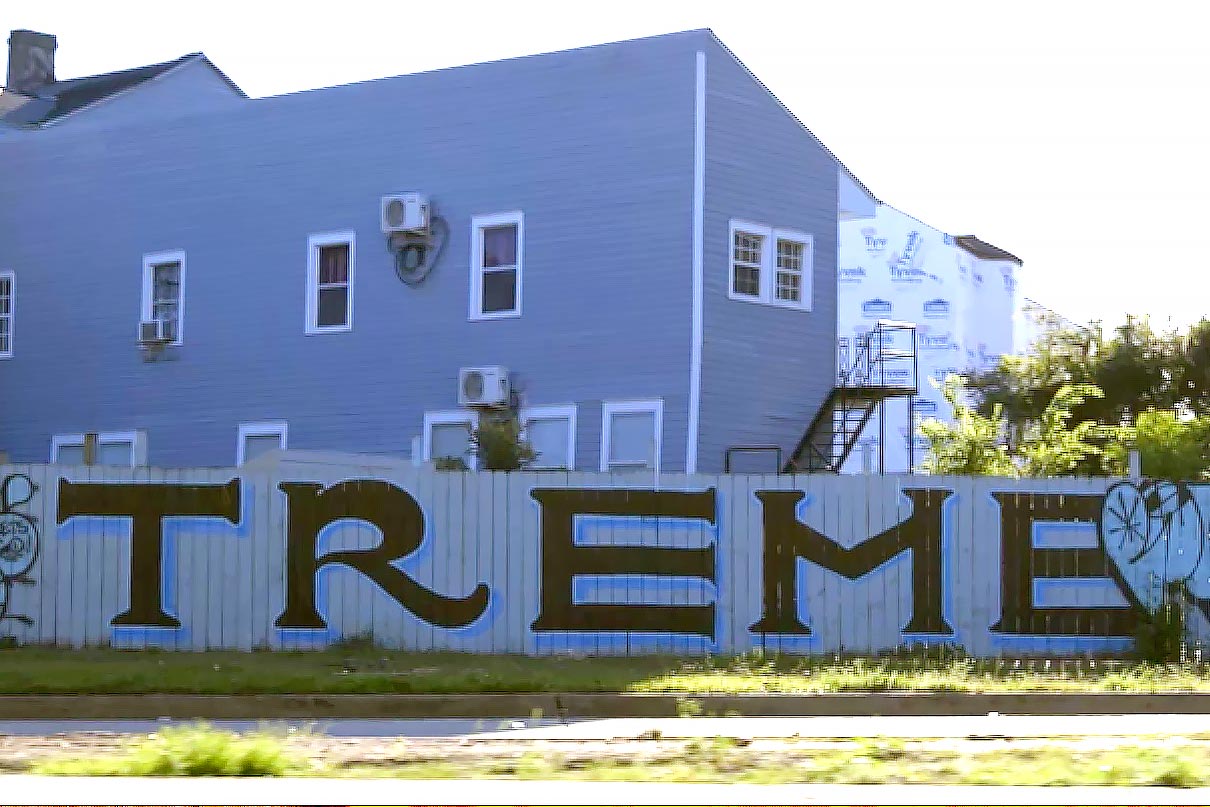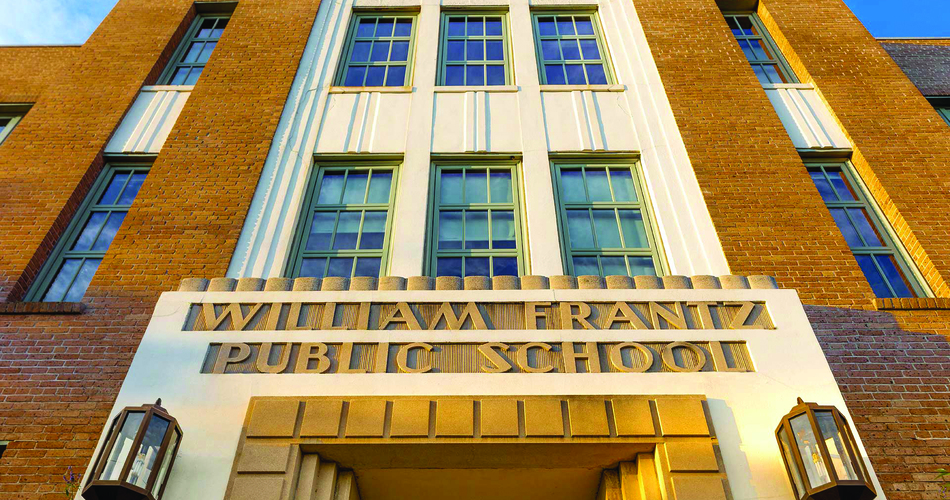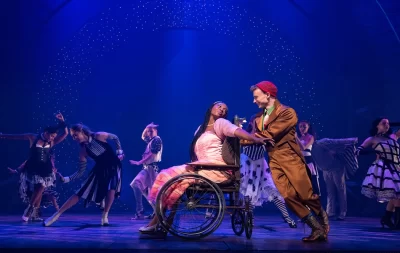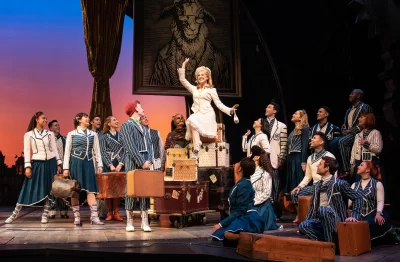Louisiana offers a melting pot of unique cultural experiences and inspiring civil rights history
New Orleans may be better known these days for its festive atmosphere, delicious food and vibrant music scene, but it—and really many other places in Louisiana—played a very prominent role in the battle for civil rights in this country. Louisiana is where Baptist minister T.J. Jemison led the nation’s first bus boycott against segregation in Baton Rouge. In Bogalusa, students began a 106-mile march to raise awareness of violence against African Americans nationwide. And it’s also where one brave little girl in New Orleans inspired a nation to fight against public school integration.
William Frantz Elementary School in Louisiana
It was back in 1960 when 6-year-old Ruby Bridges became the first Black student to attend a formerly all-white school, William Frantz Elementary School. To commemorate the epic moment in history and the bravery of the very young Ruby who was met with an angry crowd of segregationists, there’s a statue of her in the school’s courtyard. Additionally, a classroom has been restored to the way it looked when she attended.
New Zion Baptist Church
One of New Orleans’ most historic churches, New Zion Baptist Church was the site of many important meetings of the Civil Rights Movement. It was here in 1957 that a group of Baptist pastors and activists met and formed the Southern Leadership Conference, which would become the Southern Christian Leadership Conference. Their first president was a 28-year-old preacher named Martin Luther King Jr. Segregation of bus systems in the South and then bigger issues nationwide, was the focal point of the group’s nonviolent actions. On the outside of the church, a plaque describes the work that Dr. King and the other SCLC members undertook inside.

The historic neighborhood Tremé located in the French Quarter of New Orleans
Tremé Neighborhood in New Orleans
As far back as its founding in the 18th century, Tremé, located in the French Quarter of New Orleans, has held major significance in the African American community. It was a place where free persons of color, and eventually African slaves able to obtain their freedom, could acquire and own property, a rarity during this time. Tremé is America’s oldest African American neighborhood and offers plenty of places to explore. At the New Orleans African American Museum, housed in the beautiful Tremé Villa, see a collection of exquisite African beadwork, costumes, masks and divination objects. St. Augustine Church, the oldest African American Catholic parish in the country, is in Tremé too.
Dooky Chase’s Restaurant
Also in Tremé is Dooky Chase’s Restaurant, which opened in 1941. This family-owned James Beard Award-winning restaurant is renowned for its authentic Creole cuisine as well as its role in the civil rights movement. Before the United States Supreme Court reversed its 1896 Plessy v. Ferguson decision, Dooky Chase’s Restaurant had become a hot spot for discussing issues of civil and economic rights in the African American community. At the time, it was illegal for white and Black people to sit together. But Leah Chase opened the doors to her restaurant and invited activists, including Martin Luther King Jr., into the upstairs dining room.
Top photo: William Frantz Elementary School
Photos courtesy U.S. Civil Rights Trail
If you’d like to Get More Field Trip Ideas, be sure to Subscribe to Student Travel Planning Guide and Download our Current Issue for FREE






